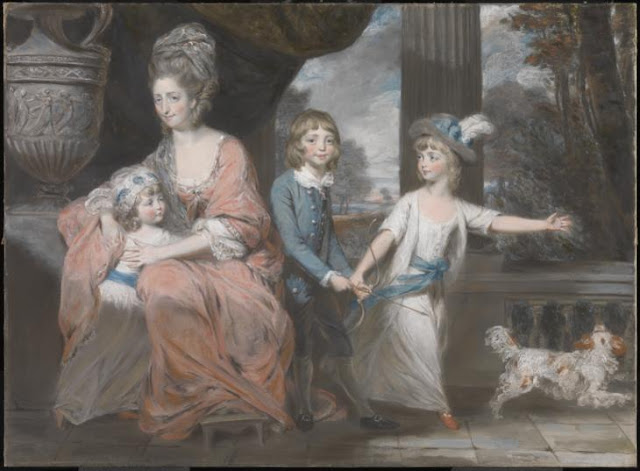Just after Easter I was puzzled by the sudden flurry of interest in “Grave Wax, Corpse Liquor and Kissing Dead Queens – the boundless curiosity of the Gentlemen of the 17th Century”, a post from last July. At the time I wrote the rather morbid little article I had hoped it might breathe a little life into my moribund blog and generate a few more page views than usual. But the macabre investigations of John Aubrey, Sir Thomas Browne and Samuel Pepys failed to pique the curiosity of the surfers and browsers of cyberspace. I didn’t work out what had provoked the recent outbreak of views until a reddit thread called ‘Interesting as fuck’ showed up as a source of traffic and I followed the links back to a Harry Mount article in the Daily Telegraph about the discovery of the Archbishop’s vault at St Mary-at-Lambeth. It was a story that had generated a fair amount of media interest over the Easter weekend but Harry Mount had uniquely mentioned that “most lead sarcophagi contain dry remains; however, some bodies decompose into a viscous black liquid known as “coffin liquor”. Should the ancient casings ever crack, it will spray forth.” The term ‘coffin liquor’ had been googled frequently enough in the following days to send my viewing figures rocketing for a post containing the synonymous term ‘corpse liquor’.
 |
| St Mary-at-Lambeth; 14th century tower, the rest gothic revival |
 |
| Catherine Moore, wife of Archbishop John Moore, and her children by Daniel Gardner. Catherine was buried with her husband in the Archbishops vault at St Mary-at-Lambeth |
As part of a series called ‘Life
Stories’ the BBC World Service broadcast a programme at the end of April called
‘Living With The Dead.’ It explores the
unusual mortuary practices of the Toraja region of Sulawesi where animist
beliefs still hold some sway against encroaching Christianity and the locals
bury their dead with far less haste than has become the norm in the rest of the
world. According to the BBC’s Sahar Zand “after
someone dies, it may be months, sometimes years, before a funeral takes place.
In the meantime, the families keep their bodies in the house and care for them
as if they were sick. They are brought food, drink and cigarettes twice a day.
They are washed and have their clothes changed regularly. The dead even have a
bowl in the corner of the room as their "toilet". Furthermore, the
deceased are never left on their own and the lights are always left on for them
when it gets dark. The families worry that if they don't take care of the
corpses properly, the spirits of their departed loved ones will give them
trouble.” Corpses are preserved with
liberal doses of formalin and then held onto until the family feels ready to
hold a funeral. These are lavish affairs often lasting several days during
which dozens of buffaloes and hundreds of pigs are slaughtered and guests sing
and dance and gorge themselves on meat. After the funeral the deceased if interred
in either a family tomb or in one of the many caves used for community burials.
The wealthiest families commission realistic wooden statues of the deceased
called tau tau, dress them in the
dead person’s clothes, jewellery, glasses and even hair and set them to watch
over the final resting place. Even after interment the Torajans continue to visit
their relatives and handle their corpses. Zand says “In the rest of the world, these practices may seem bizarre. But
perhaps the principles behind them are not so very different from those found in
other cultures. Remembering the dead is something many of us try to do. The
Torajans just take a very different approach.” If you
are interested you have about three weeks to watch the programme before it
disappears from the BBC iPlayer.
And finally, last week the
Londonist featured an interactive map of London’s Magnificent Seven cemeteries :



No comments:
Post a Comment